Review: Netsocket Gives MSPs Virtual Edge
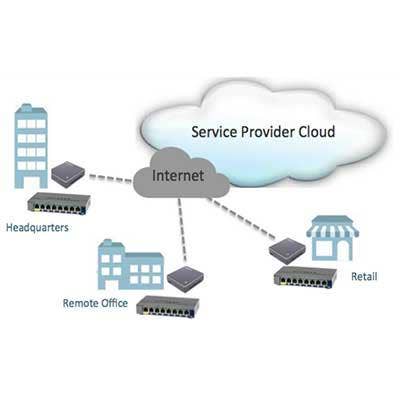
Netsocket SDN
Commoditization of servers, routers and switches has left some VARs scrambling to find an edge. But for managed service providers willing to embrace software-defined networking, the phenomenon may have given them one. Released in February, Netsocket Virtual Edge is the virtualized routing portion of a solution that can replace a small palette of edge hardware with a small 8-port switch and paperback-sized server. Virtual Edge is the latest cog in the SDN platform developed and implemented by Netsocket, a network-function virtualization company based in Plano, Texas. The CRN Test Center took the new solution for a test drive.
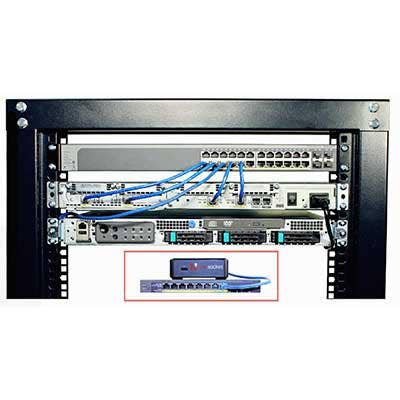
The Virtual Edge
Netsocket reduces the cost, complexity and rigidity of client-side hardware by virtualizing where possible and using commodity hardware to deploy what remains. Traditional hardware (left) is replaced by a so-called MicroCloud Server, an off-the-shelf x86-basedmicroserver with hypervisor and an inexpensive Layer 2 VLAN capable switch. "We provide all the same functionality, but because of our orchestration tools, we can reduce opex on day-one and day-two workflows for MSPs," said Dave Corley, director of product management at Netsocket. Running in the extensible server is a firewall and other security components, plus remote access and a client-side service desk GUI.
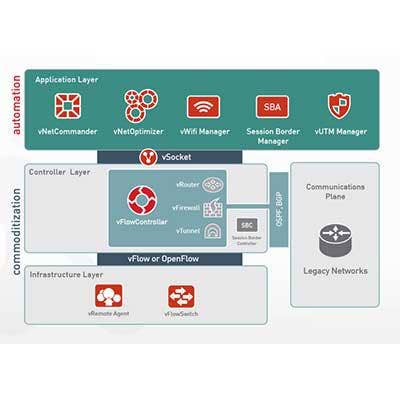
Orchestration
Netsocket SDN components reside in application, controller and infrastructure layers, and are known collectively as the Netsocket Virtual Network (NVN). The infrastructure layer is implemented on-prem by the MicroCloud server, which runs a virtualized Layer 3 switch, and an orchestration and automation agent. This coordinates with application-layer components in Netsocket's cloud, which currently operates at 99.95 percent availability and has automated recovery. "vRemote Agent is the workhorse at the customer site," said Corley, handling all local tasks, including configuration changes, installation of Netsocket VMs and connection of hypervisors to each other and to all other apps in the NVN.
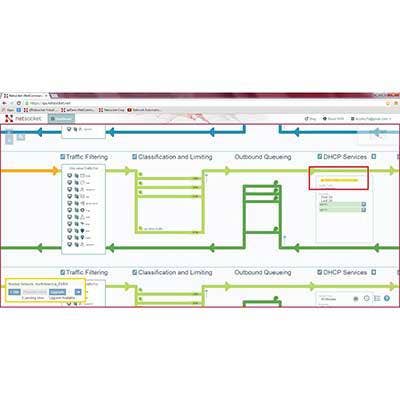
NetCommander
Central to NVN is vNetCommander, a cloud-based GUI for network management with real-time display and control of packet activity. "This lets MSPs implement policies and administer the system at a much lower labor rate than with a command line," said Corley. "As they make a change in the GUI, it propagates to all sites through the automated orchestration engine," reducing operating expenses by a factor of up to 10 to 1, he said. Also key is the vFlowController with tentacles in Layers 2, 3 and 4. The multitenated system allows each MSP to manage as many as 100,000 separate clients.
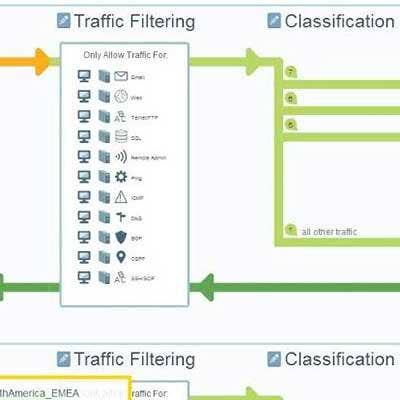
Packet Flow
During a trouble call, closer inspection of the network quickly shows (because of the changing arrow color) that packet ingress is being impeded by policies imposed in the "Traffic Filtering" block. Drilling into the block permits any of the available service types to be toggled on or off. Changes made here are propagated to the corresponding network through client-side agents. This greatly reduces the need for service calls and lowers the qualifications for support staff. Formerly of Cisco, Corley said the culture there is toward preserving the CLI, because "moving away from CLI means moving away from their skillsets."

MSP Revenue
Netsocket sells mostly through the channel. The base cost of $1,300 per site covers the MicroCloud Server, an eight-port Layer 2 Gigabit Ethernet switch and services for the first year. After that, the service costs $230 per site, per year. Resellers can mark up as they choose. One MSP that's looking into the Netsocket solution is IT Systems Group, which provides IT-department services for small companies and also helps migrate servers and other infrastructure to the cloud. "This would allow us to approach the bigger companies to replace their high-end edge networking," said founder Michael Carey.

More Revenue
Additional revenue can be generated, Corley said, by offering "premium technical support, accelerated escalation, advanced design, network monitoring," and by charging for moves, adds and changes to the network. Corley asserted that in addition to the greater capex costs of traditional routers and edge gear, such hardware also can bring maintenance fees of $300 or more per month, per site, with no ability to deploy additional services. For more revenue, MSPs can add virtualized apps to the MicroCloud Server host, including the Ubiquity Wi-Fi access point, the Asterisk-based FreePBX and OpenVPN, to name just a few.

Service Availability
According to Netsocket, the vNetcommander app is hosted in a third-party facility that's compliant with SSAE16 attestation standards. Even though downtime has never been more than about 5 minutes thanks to its automated recovery system, Corley said the company plans to open a redundant facility later this year. Perhaps more important, a loss of vNetCommander doesn't mean a loss of client-side routing, filtering, QoS or other treatments; these are handled by the MicroCloud Server. Only management functions are lost if the mothership goes down.
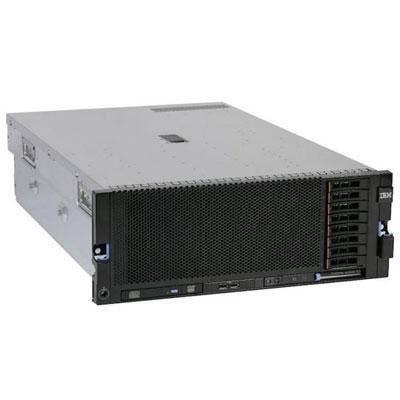
The Bottom Line
Industry veterans might recall Chiaro Networks, a now-defunct company with some lasting ideas. "Chiaro Networks separated the control and data planes, which formed the foundation of today's SDN," said Corley. Netsocket transformed that intellectual property to run on an x86 hypervisor, which is the basis for the NVN. "Essentially, they've turned almost all the hardware that was running the network and made it run in a virtual machine," said IT Solutions' Carey. "As long as we're able to maintain an Internet connection and provide remote access, we no longer have to have skilled service technicians on staff. That's the future."